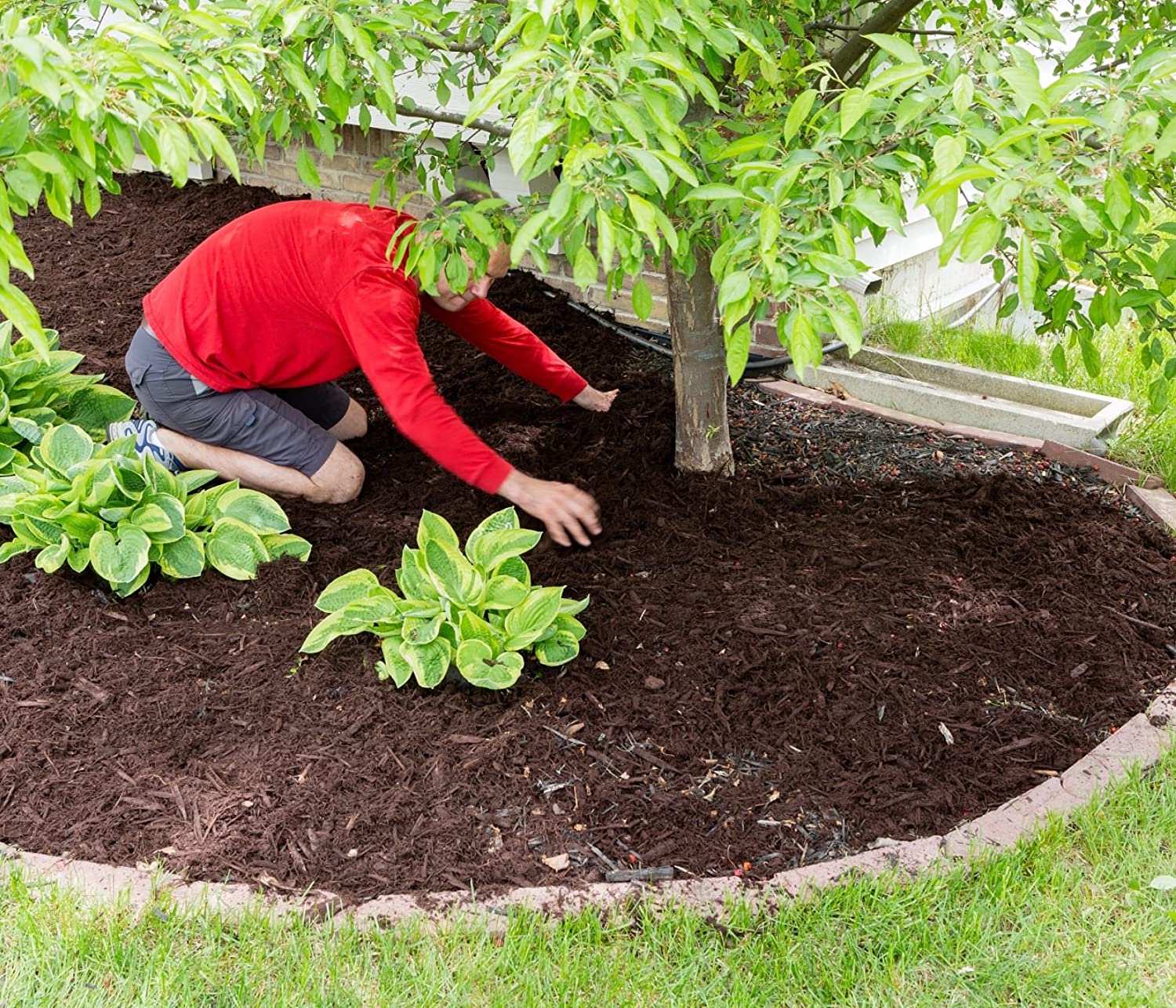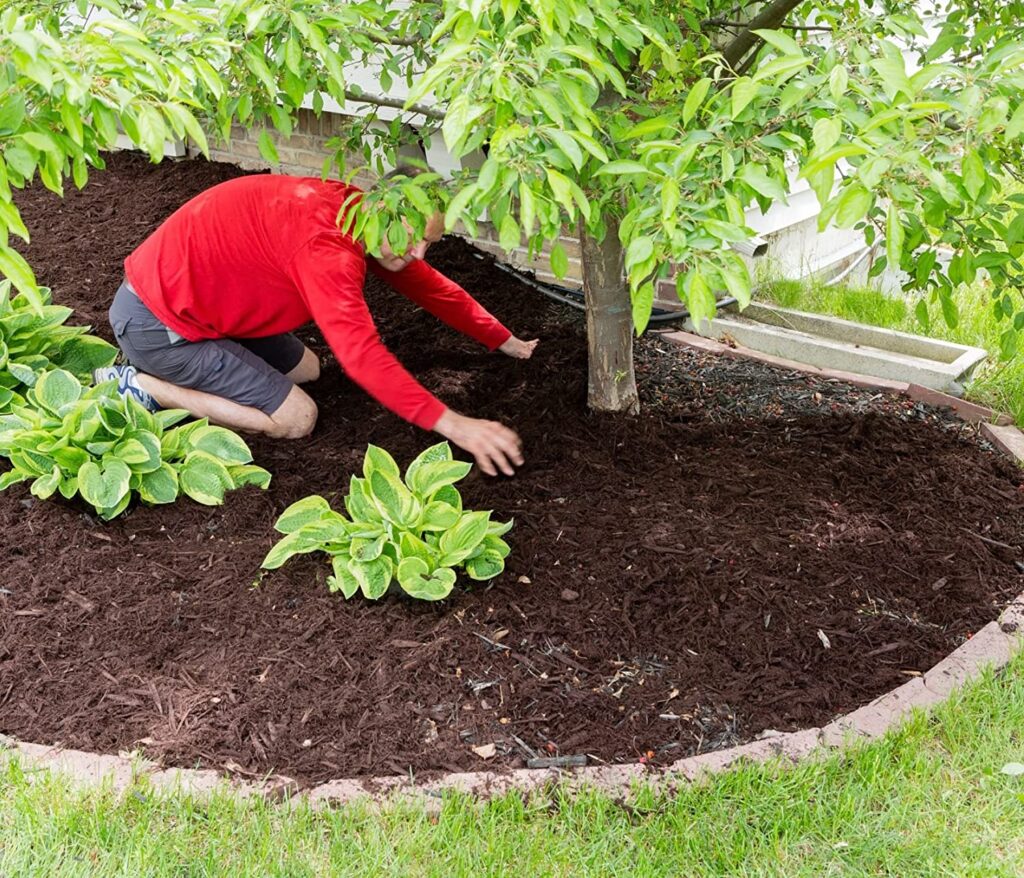
3 Best Weed Barrier Techniques to Prevent Weed Growth
As a gardener, it’s no secret that one of the biggest challenges in maintaining a healthy and beautiful garden is dealing with unwanted weed growth. Weeds can compete with your plants for nutrients and water, making it difficult for them to grow and thrive. Moreover, weeds can be unsightly, detracting from the overall beauty of your garden. However, there is good news – there are many effective weed-stopping techniques that can help keep your garden free of weeds.

In this blog post, we’ll explore various techniques you can use in your garden to prevent weed growth. We’ll also provide you with tips on how to install and maintain these weed barriers, as well as other organic methods you can use to control weed growth. By the end of this post, you’ll be armed with the knowledge you need to create a healthy and weed-free garden. So, let’s get started!
Understanding Weed Barrier Techniques
Weed barriers are materials that are used to prevent the growth of weeds in a garden. They can be made from a variety of materials, including plastic, landscape fabric, and even newspaper. The purpose of these are to create a physical barrier that prevents weed seeds from germinating and growing. Understanding the different types of weed barriers available and their advantages and disadvantages can help you choose the best one for your garden.
Types of Weed Barriers
There are several types of weed barriers available, including:
- Plastic Sheeting: This type is made from polyethylene and is commonly used in large-scale commercial applications. It’s a durable and long-lasting option, but not environmentally friendly and not suitable for home gardens.
- Landscape Fabric: This type is made from a woven or non-woven material, like polypropylene. It’s durable and easy to install but can break down over time, making it less effective.
- Newspaper: A layer of newspaper can be used as a temporary weed barrier, especially for raised beds, and it’s an eco-friendly solution. However, it breaks down quickly and needs replacement frequently.
Advantages and Disadvantages
Each of these types has its own advantages and disadvantages, which should be considered before making a decision:
- Plastic Sheeting: This type of weed hurdle is long-lasting and durable. It’s easy to install, but not environmentally friendly and not suitable for home gardens.
- Landscape Fabric: This type of weed stoppage is easy to install and offers good weed prevention, but it can break down over time, allowing weeds to grow.
- Newspaper: Newspaper is an eco-friendly option and affordable method. However, it’s not very durable and needs to be replaced frequently.
Factors to Consider
When choosing a weed barricade, there are several factors to consider, including:
- The type of garden: Consider the type of garden you have and its specific needs when choosing a weed barrier. For example, raised beds may require a different type of barrier than an in-ground garden.
- Durability: Consider the durability of the weed barrier, especially if you have a large garden or live in an area with harsh weather conditions.
- Maintenance: Consider the maintenance required for the barrier. Some barriers require more maintenance than others.
Overall, understanding these advantages and disadvantages can help you choose the best one for your garden. The next step is to prepare your garden for the installation of the weed barrier.
Preparing Your Garden for Weed Barrier Installation
Before installing a weed barrier in your garden, there are several steps you should take to prepare the area. This will help ensure that the weed barrier is effective and lasts for a long time. Here are some steps to follow:
- Clear the area of existing weeds: Before installing, it’s important to clear the area of any existing weeds. You can do this by pulling them up manually or using a hoe to remove them. Make sure you remove the entire weed, including the roots, to prevent it from growing back.
- Prepare the soil for the installation of the weed barrier: Once the weeds have been removed, it’s important to prepare the soil for the installation of the barrier. This involves loosening the soil and removing any large rocks or debris. You can use a garden fork or tiller to do this.
- Add compost or other soil amendments: Adding compost or other soil amendments can help improve the health of your garden soil and provide nutrients for your plants. Before installing the weed barrier, add a layer of compost or other soil amendments and work them into the soil.
- Level the area: It’s important to ensure that the area where the weed barrier will be installed is level. Use a garden rake to level the soil and create a smooth surface.
- Mark any areas where plants will be growing: If you plan to have plants growing in the area where the weed barrier will be installed, it’s important to mark these areas before installing the barrier. This will help you cut holes in the barrier where the plants will be planted.
- Install any irrigation systems: If you have an irrigation system in your garden, it’s important to install it before installing the weed barrier. This will help ensure that your plants receive the water they need to grow.
By following these steps, you’ll be able to prepare your garden for the installation of a weed barrier. In the next section, we’ll go over how to install the weed barrier in your garden.
Installing Weed Barrier in Your Garden
After you have prepared your garden, it’s time to install the barrier. Here are some steps to follow:
- Measure and cut the weed barrier: Measure the area where the barrier will be installed and cut it to fit the space. Make sure to leave extra material around the edges to ensure full coverage.
- Lay the weed barrier in place: Carefully lay the weed barrier over the prepared soil. Make sure that the barrier is flat and smooth, with no wrinkles or folds.
- Secure the barrier: To keep the weed barrier in place, secure the edges with landscape staples or other garden stakes. Make sure it is taut and flat, with no loose spots.
- Cut holes for plants: Use a sharp knife or scissors to cut holes in the barrier where plants will be growing. Make sure the holes are just big enough to accommodate the plant, but not so big that weeds can grow through them.
- Cover the weed barrier: Cover the barrier with mulch or other materials to help hold it in place and provide additional weed prevention. The mulch also helps to retain moisture in the soil, reducing the need for watering.
By following these steps, you’ll be able to install a weed barrier in your garden effectively. In the next section, we’ll go over how to maintain the weed barrier and keep your garden weed-free.
Maintaining Your Weed Barrier
Installing a weed barrier in your garden is a great way to prevent weeds from growing, but it’s important to maintain the barrier to ensure that it remains effective. Here are some tips for maintaining your weed barrier:
- Keep the area clear of debris: Make sure to keep the area around the weed barrier clear of debris and fallen leaves. This will help prevent weeds from growing on top of the barrier.
- Check for any damage: Regularly check the weed barrier for any signs of damage, such as holes or tears. If you find any damage, repair it immediately to prevent weeds from growing through the barrier.
- Mulch regularly: Adding a layer of mulch over the barrier regularly can help to prevent weeds from growing and help to retain moisture in the soil.
- Avoid disturbing the soil: Avoid disturbing the soil around the barrier as much as possible. This can cause the barrier to shift or become damaged, allowing weeds to grow through.
- Replace as necessary: Over time, the weed barrier may become damaged or less effective. If you notice weeds growing through the barrier, it may be time to replace it.
By following these maintenance tips, you can keep your weed blockage arrangement in good condition and ensure that your garden remains weed-free. With the right care, your weed barrier can last for several years, providing you with a beautiful and low-maintenance garden.
Additional Tips for Preventing Weed Growth in Your Garden
While installing a weed block is an effective way to prevent weed growth in your garden, there are other strategies you can use to keep weeds at bay. Here are some additional tips for preventing weed growth:
- Use organic mulch: Organic mulch, such as wood chips or shredded leaves, can help prevent weed growth by blocking sunlight and reducing soil moisture. Plus, organic mulch breaks down over time and adds nutrients to the soil.
- Practice crop rotation: Crop rotation can help prevent weeds by disrupting the growth cycle of weeds and pests. By rotating crops, you can also help to maintain healthy soil and reduce the risk of disease.
- Use companion planting: Companion planting involves planting different types of plants together that benefit each other. For example, planting marigolds with your vegetables can help to deter pests and weeds.
- Hand-pull weeds: Hand-pulling weeds is an effective way to control weed growth, especially for small gardens. Make sure to pull the entire weed, including the root, to prevent it from growing back.
- Use weed-killing solutions: There are many commercial weed-killing solutions available that can help to prevent weed growth. Make sure to follow the instructions carefully and avoid using them near plants that you want to keep.
By using a combination of these strategies, you can keep your garden weed-free and ensure that your plants thrive. With a little bit of effort and the right techniques, you can enjoy a beautiful and low-maintenance garden all season long.
